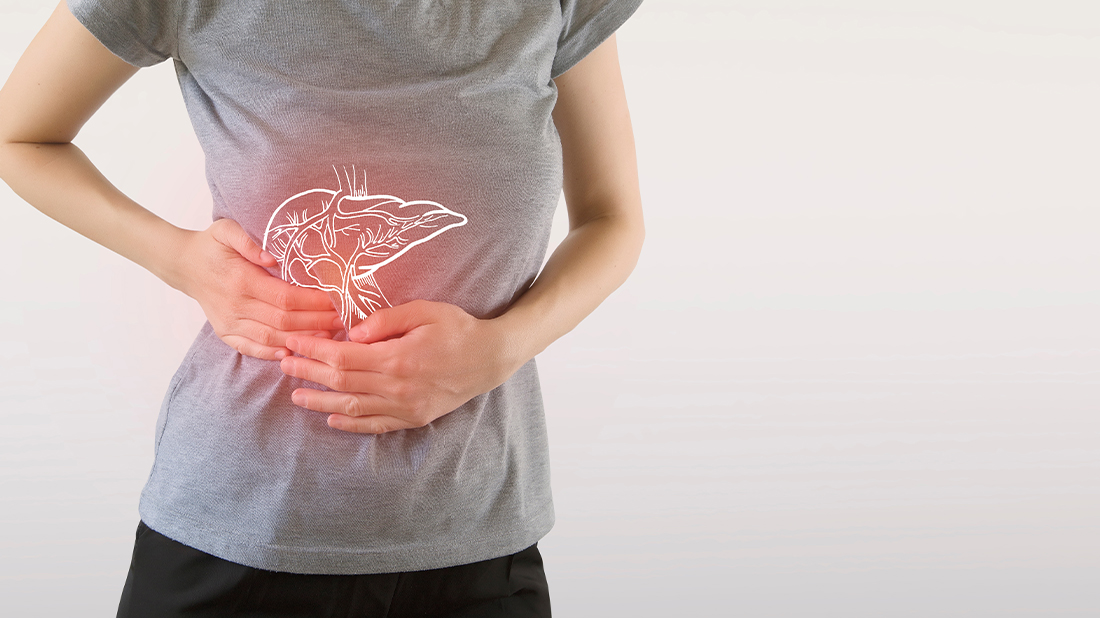
Fatty liver disease is a common condition where excess fat builds up in the liver. While it might not always cause severe symptoms, it can lead to more serious liver issues if left untreated. This blog provides insights into fatty liver disease, its causes, symptoms, and how to manage it effectively.
What Is Fatty Liver Disease?
Fatty liver disease occurs when fat accumulates in liver cells. The liver naturally contains some fat, but when fat makes up more than five to ten percent of the liver's weight, it becomes a health concern. There are two main types of fatty liver disease:
- Non-Alcoholic Fatty Liver Disease (NAFLD): This type develops in individuals who drink little to no alcohol. NAFLD is increasingly common and is often associated with obesity, diabetes, and high cholesterol.
- Alcoholic Fatty Liver Disease (AFLD): This type is directly related to excessive alcohol consumption. The liver processes alcohol, and over time, excessive intake can lead to fat buildup.
Causes of Fatty Liver Disease
Poor Diet
Consuming a diet high in saturated fats, sugars, and refined carbohydrates can lead to fat accumulation in the liver. Processed foods, sugary drinks, and fried foods are common culprits.
Obesity
Being overweight or obese significantly increases the risk of developing NAFLD. Excess body fat, especially abdominal fat, can contribute to liver fat buildup.
Insulin Resistance
Insulin resistance, often associated with type 2 diabetes, can cause fat to accumulate in the liver. The liver becomes less responsive to insulin, leading to increased fat storage.
Excessive Alcohol Consumption
For AFLD, heavy drinking is the primary cause. Regularly consuming large amounts of alcohol overwhelms the liver's ability to process it, resulting in fat accumulation.
Genetic Factors
Family history and genetic predisposition can also play a role. Certain genetic mutations can make individuals more susceptible to fatty liver disease.
Rapid Weight Loss
While losing weight is generally beneficial, rapid weight loss can paradoxically lead to fatty liver disease. The liver may struggle to process the sudden influx of fat released from fat stores.
Symptoms and Diagnosis
Fatty liver disease often remains silent in its early stages. Many people with the condition may not experience noticeable symptoms. However, as the disease progresses, symptoms can emerge:
- Fatigue and weakness
- Abdominal discomfort or pain
- Jaundice (yellowing of the skin and eyes)
- Swelling in the abdomen and legs
- Easy bruising
Healthcare providers may use various methods to diagnose fatty liver disease.
- Blood Tests: Blood tests can reveal elevated liver enzymes, an indicator of liver inflammation or damage.
- Imaging Studies: Ultrasound, CT scans, and MRI can detect fat buildup in the liver. These imaging techniques help visualize the extent of fat accumulation.
- Liver Biopsy: In some cases, a liver biopsy may be necessary. This procedure involves removing a small sample of liver tissue for examination under a microscope. It provides detailed information about liver health and the extent of fat accumulation.
Managing Fatty Liver Disease
Managing fatty liver disease involves lifestyle changes and, in some cases, medical interventions. Here are some strategies to help manage and potentially reverse the condition.
Healthy Diet
Adopting a balanced and nutritious diet is crucial. Focus on whole foods, including fruits, vegetables, whole grains, lean proteins, and healthy fats. Reducing sugar and processed foods can significantly impact liver health.
Regular Exercise
Regular physical activity helps reduce liver fat and improve overall health. Aim for moderate-intensity exercise like brisk walking, swimming, or cycling for at least thirty minutes most days of the week.
Weight Management
Losing weight gradually and maintaining a healthy weight can reduce liver fat. Even a modest weight loss of five to ten percent of body weight can make a difference.
Limit Alcohol Consumption
If you have NAFLD, it's essential to limit or avoid alcohol consumption. For those with AFLD, quitting alcohol entirely is crucial to prevent further liver damage.
Manage Underlying Conditions
Addressing and managing conditions like diabetes, high cholesterol, and hypertension can help reduce the risk of fatty liver disease progression.
Medications
In some cases, healthcare providers may prescribe medications to manage underlying conditions or reduce liver inflammation. Always follow your healthcare provider's recommendations.
Prevention Tips
Preventing fatty liver disease involves adopting a healthy lifestyle. Here are some tips to reduce your risk:
- Eat a Balanced Diet: Focus on whole foods and avoid excessive consumption of sugary and fatty foods.
- Stay Active: Incorporate regular exercise into your routine.
- Maintain a Healthy Weight: Aim for gradual weight loss if overweight.
- Limit Alcohol: Drink in moderation or avoid alcohol altogether.
- Monitor Health: Keep an eye on your blood sugar, cholesterol levels, and blood pressure.
Understanding fatty liver disease is the first step towards preventing and managing it effectively. By making informed lifestyle choices and seeking medical advice when needed, you can protect your liver and overall health. For personalized guidance and support, contact us today. We can help you on your journey to better liver health.
Take control of your health today and prioritize your liver's well-being.